The origin of Motion Design studios, as told
by their founders.
By Peter Frankfurt & Chip Houghton | Founders of Imaginary Forces.

Editor’s Note:
In this series, we’ll hear from the founders of creative studios recounting their tales of how it all began. Each studio and founder are at different stages in their journey, but whether they’re 3, 10, 15, 20, or 25+ years in the making, these candid accounts offer unique insights into what it takes to own and operate a business in the world of Motion Design.
From deciding to go it alone to growing a team, to riding the unpredictable wave of technology, to evolving through a pandemic and gearing up for the future, these studios all have inspiring stories to tell.
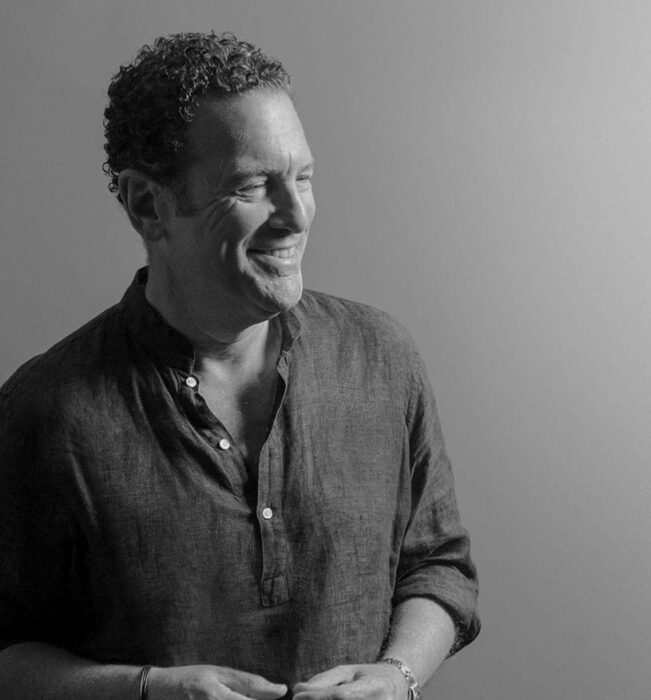
I was 19. I was in college and didn’t know what the hell I was doing.
Around 1978 or ‘79, I met the duo behind Greenberg Associates, Richard and Robert Greenberg. The brothers started a computer-assisted Motion Design studio. I visited their office, which was unbelievably cool. Everything was spare and mid-century furniture.
I met Richard, who said, “You’re our assistant. We’ll pay you $100 a week.” I started and got involved in rewinding reels with the editor and saw how the animation director was preparing artwork to shoot on the optical printer.
Around that time, I was dating a wonderful girl. She asked if I could help her brother, Chip, land a PA job at Greenberg Associates. I thought if I hire him, then I’ll become the senior PA.
It was a great time to start in the business. We worked on the main titles for “Alien,” “Altered States,” and “Superman.” I mean, we worked on “Xanadu”!
I didn’t always know what I was doing or thinking, but I understood the rhythm and vocabulary of filmmaking.
I left Greenberg’s company five or six years later for Paramount. I was 26 and the Vice President of Marketing for trailers, which was ridiculous. Almost a decade later, Chip and I reconnected and created Imaginary Forces.
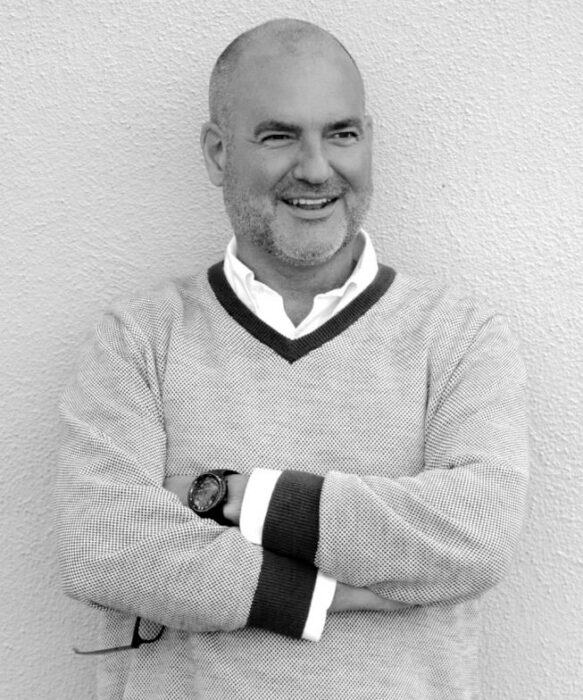
I remember well my first time at the office with Peter. There was a young receptionist wearing rollerblades. I was rocking khaki pants, penny loafers, and a tie and jacket. I met Bob Greenberg’s assistant, Alison Brown, who’s one of the cofounders of Blue Sky Animation Studios. Alison gave me the job, but she told me an important caveat, “If you dress like this again, you’re fired.”
I worked at Greenberg Associates for years and collaborated with inspiring artists, technicians, and production people. Everything was new every time because whatever way you could create imagery, they would figure out how to do it in a new way. Greenberg Associates pushed the envelope and created countless complex, as well as iconic, sequences for films.
Around 1993 or ’94, Peter and I came up with Imaginary Forces. The three of us, including Kyle Cooper at R/GA, told Robert Greenberg our plans over dinner. That was the start of Imaginary Forces. R/GA’s holding company owned a percentage of our company.
Within the first year, we bought back that percentage and owned the company completely. What helped launch Imaginary Forces was a combination of opportunity and luck. Suddenly, we were in business and hit the ground running.
A First Check to Remember
Peter and I did have a business plan, even though we did not know how to run a business. As for the name Imaginary Forces, we considered thousands of bad brand names.
One fateful day, Kyle wrote “Imaginary Forces.” He was inspired after watching Kenneth Branagh’s adaptation of “Henry V” and hearing, “And let us, ciphers to this great account, on your imaginary forces work.”
The first official project Imaginary Forces did was for Jim Henson Productions. The first check we received had Kermit the Frog on it. We still have a copy of that check with Kermit sitting with the camera.
Of all the titles, “Se7en” made Imaginary Forces stand out in the business. Those opening titles even made Kyle a famous guy in the design world. It got us a lot of press.

We did every type of commercial imaginable, but the films brought us the most attention, especially the “Mission: Impossible” opening titles and the campaign and teaser trailer for “Men in Black.”

We envisioned a lean company with a core team. Within 18 months, we had 120 people working with us in the same space. It was crazy. We’d ask, “Who is that guy? Do they work here?”
It was out of control, but we always strived to keep the company as small as possible and maintain the ability to complete the opportunities. Imaginary Forces’ first couple of years was a stream of creative output.
A Whole New World
We’ve imagined new cities and new experiences. One of our finest examples of world-building was the cog scene in Steven Spielberg’s “Minority Report.”
We collaborated with [production designer] Alex McDowell and [CEO of Oblong Industries] John Underkoffler, who graduated from MIT. We created the experience Tom Cruise uses at the police headquarters to envision crimes from the near-future.
Our assignment was, well, what does that look like? How does it work? How does a precog think? Is it a dream? What if you combine three precogs together? How do you even put it all together to stop the crime?
We had to answer those questions and explore different forms of expressions to help tell that story. We worked with John, Alex, Steven and his whole team, coming up with how pre-crime even works.

It was a key moment for Imaginary Forces, as well as for Peter and me as storytellers. People in the entertainment and technology industry still reference and acknowledge our work on Minority Report to this day.
Evolve With The Times
Chip and I went from a movie or television to screens in stadiums or on the side of buildings. Our work was inside corporate headquarters, in museums, and even plastered around Las Vegas. That shift became an entry into thinking about how to create connections in different environments and different contexts. It was a major moment of evolution for Imaginary Forces in the early 2000s or late ‘90s.
So much of our growth connects to what is happening in the world. When 9/11 happened, we formed a company with Greg Lynn. He was a seminal architect, designer, and thinker around digitally realized buildings and typologies for architecture.
The company, United Architects, was us, Greg, and a few other leading young architects interested in digital toolsets and aesthetics. We threw our hat in the ring for the redesign of Ground Zero with literally no expectation that anything would come of it.
Suddenly, we were not only in a six-week marathon to come up with a scheme for the redesign of lower Manhattan, but we were figuring out a new way of storytelling. We had no time, no money, but we made something that was well-received, even though we didn’t get the job.
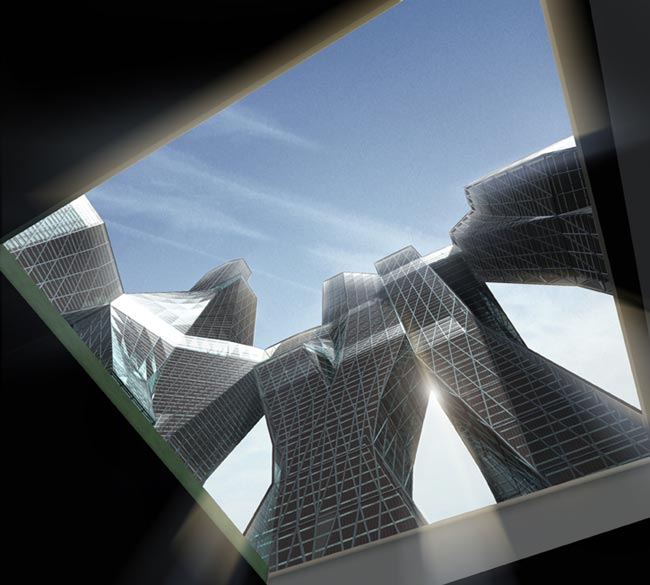
It propelled us into this architectural world of pre-visualization and storytelling and imagining what something could be. And so, we did that for a long time. We worked with architects to go to brands and said, “Hey, what about this unique experience for the brand?” It led to wonderful experiences and projects outside of our earliest ambitions.
Anxieties? Hurdles? Huh?
First and foremost, we’re a creative company. People have met, married, and raised families out of working at Imaginary Forces. Chip and I have to keep the lights on and the roof over the people there.
Some challenges are as emotional as they are business. Sometimes the challenges are not so much influenced by technology but by culture. What is the new culture of design? What is marketing? It changes behavior, how people interact with the world, and how they consume content.
All of these things are disruptors and challenges to how we work. Maybe it’s not a challenge or a hurdle, but more like surfing. There are always new sets of waves to ride.
Hopefully, you’ll anticipate them.
When The Heat is On
During difficult times, it’s about not giving up and having faith. Peter and I have been doing this for 26 years with incredible people around us.
The secret sauce: finding people amazing at what they do, bringing them together, and getting out of the way. Let’s trust each other and figure out whatever problems arise.
We’re blessed to have people around us that have that same style of addressing issues, which we all have to do.
The question is, can we do better? Is there a better way of doing it? We have to listen and be receptive but not drift away from what we believe. A big part of our success is perseverance. The shifts in the culture, economy, and technology all led to fulfilling opportunities and relationships.
Persevering During The Pandemic
The pandemic was insane. In 48 hours, Chip and I went from a building full of people to a remote company.
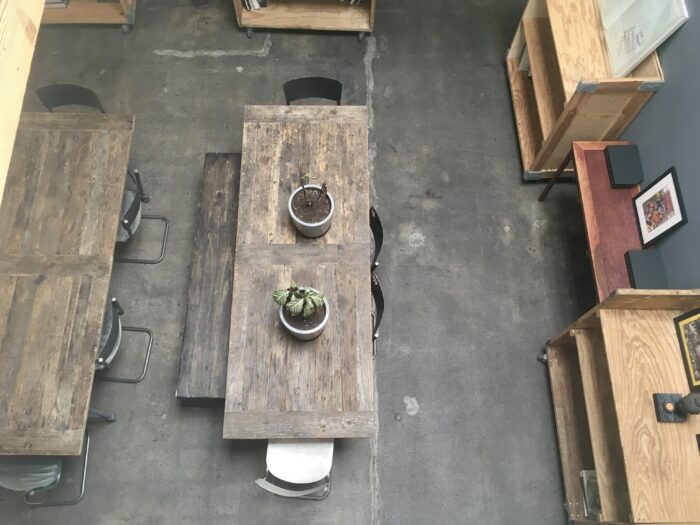
We didn’t miss a beat or lose a step. It was extraordinary what our team pulled off. When we were ready to go back to our beautiful office, people said, “No, thanks. I moved to Seattle. I moved to Taipei. I’m taking care of my parents.”
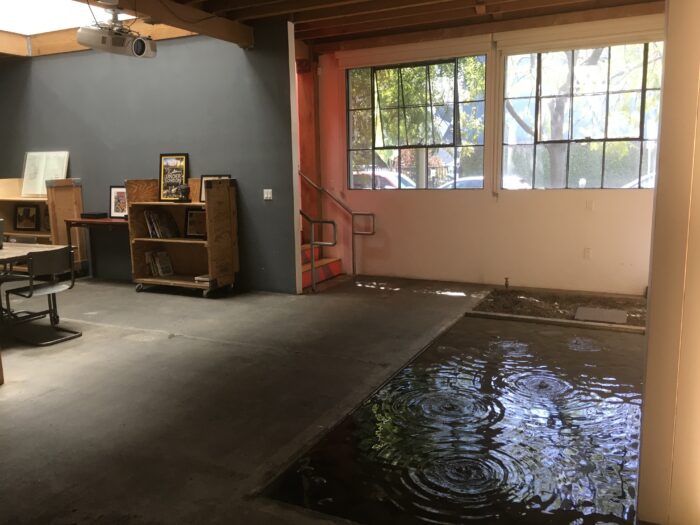
We embraced it. You go with it. The world is not going back to what it was, nor should it.
Looking Towards The Future
The future of Imaginary Forces comes down to empowering the company. We need to be provocative and proactive. Look at artificial intelligence, which will have a spectacular impact on what we do. AI is the next set of waves, and we’ll figure out how to ride them. We could be wiped out or pulled under, or maybe we could pull off something spectacular.
Chip and I started with a simple idea about who we wanted to be. Motion Design defines a part of what we do, but it’s not a complete description.
It’s one of the forms of our expression, but there are other facets to Imaginary Forces; ideation, imagining, and storytelling are all a part of our process. No matter the changes in the industry, those skills remain valid.
We never want to be too big. We want to be just big enough with people who wear several different hats. We prize an innocent outsider stance. Maybe we don’t have the answers yet to every problem, but let us help you, or let us try to figure it out.
We’re not experts. Sometimes we’re brought in as experts, and we act as experts.
Sometimes we don’t even realize how much we know because of all our years of experience.
It’s all about keeping that outsider, intuitive, innocent worldview throughout what comes next to thrive in the next set of cultural or technological waves.
Studio Stories is a Motionorapher initiative created and edited by @Stuart Groves.
To tell your studio’s story, please submit your details to OOY on Motionographer.com.




